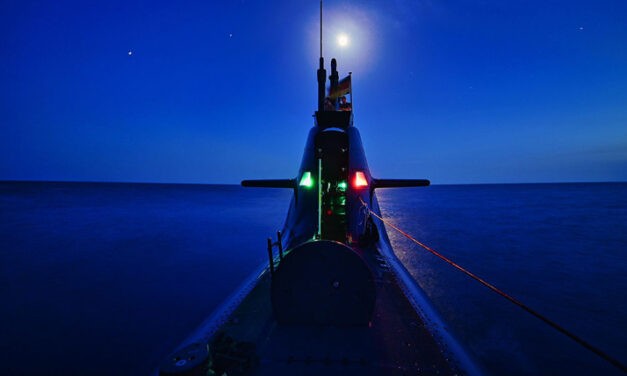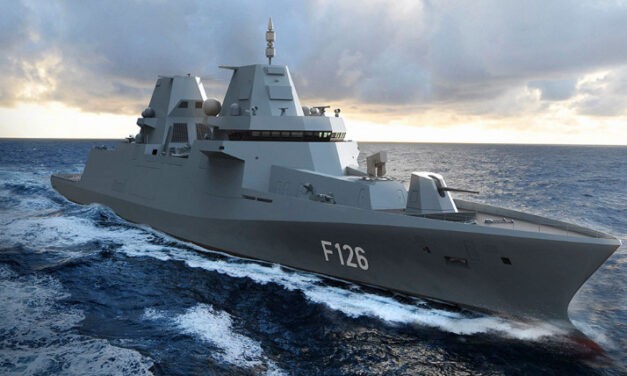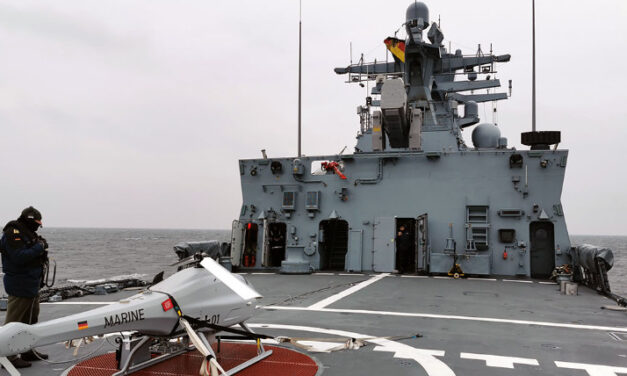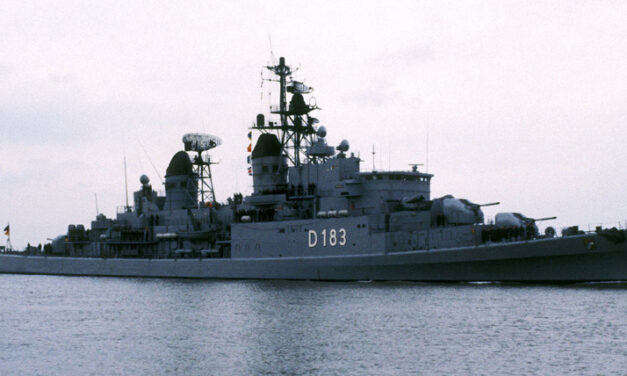Submarines: harvest time for the navy
In recent years, the German submarines have actively contributed to improving submarine hunting procedures. The knowledge gained will also benefit the future frigates 126. Last year, the 1st submarine squadron deployed two submarines simultaneously on two different missions. In addition, a fleet service boat and the MAIN submarine support unit with a command staff were also deployed for just over 70 days. In both very different missions, our weapon systems were able to fully convince as individual operators, but above all in combination. The simultaneous integration of a submarine and a fleet service boat into a sensor reconnaissance network for the first time in 2020 and 2021...
Weiterlesen






Recent Comments